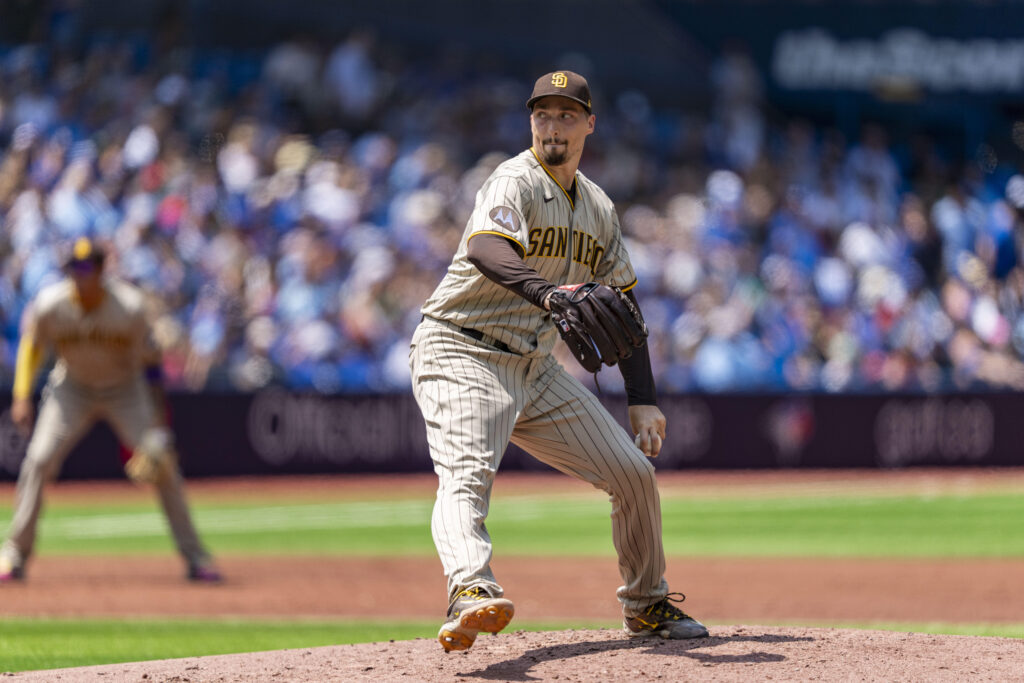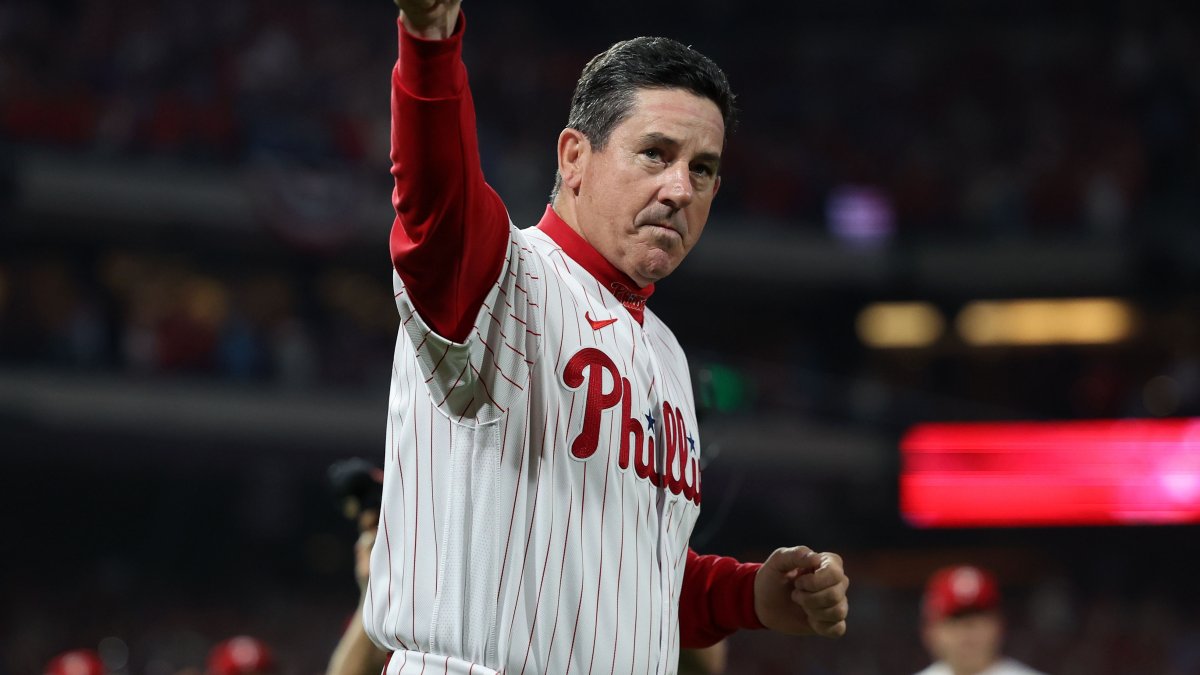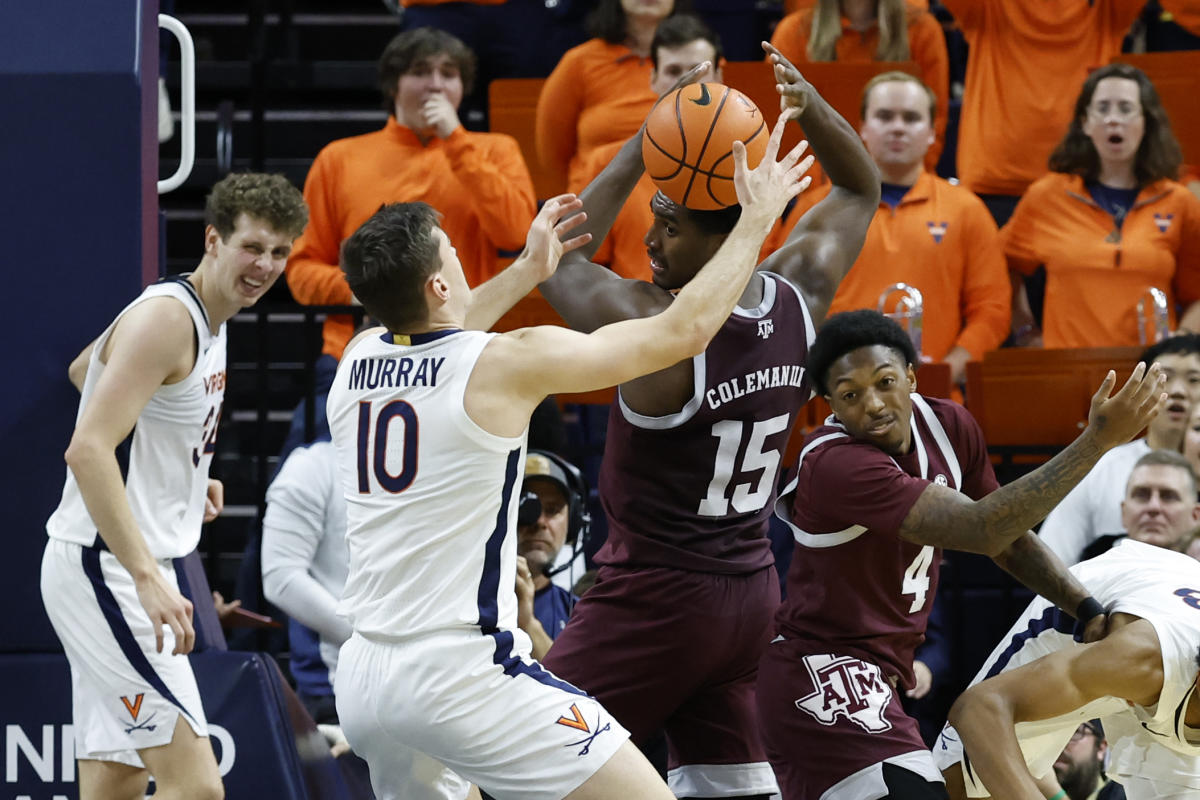Now, let’s dive into what each team would need to sacrifice in order to sign a free agent who rejected a qualifying offer. This analysis takes into consideration the mechanics of the qualifying offer and the potential draft pick compensation.
Here’s a recap of how it works: if a free agent has played for a team throughout the entire 2023 season and has never received a qualifying offer in the past, the team can issue a qualifying offer within five days of the World Series’ end. The qualifying offer is a one-year deal worth the average salary of the top 125 highest-paid players in the majors, which is around $20.5 million this winter. The free agent can either accept the qualifying offer or reject it and become a free agent. If the free agent rejects the offer and signs with another team, his former team stands to receive draft-pick compensation. However, this only applies to qualified free agents from other teams, as a club can re-sign its own qualified free agents without any penalty.
Let’s take a look at what each team would receive if one of their qualified free agents were to sign with another club…
Revenue Sharing Recipients: Diamondbacks, Rockies, Reds, Brewers, Pirates, Marlins, Athletics, Mariners, Tigers, Royals, Twins, Guardians, Orioles, Rays
If any of these teams sign a qualified free agent, they would have to give up their third-highest selection in the 2024 draft. It’s worth noting that for most of these smaller-market teams, their third-highest pick may not necessarily be their third-round pick. The situation could be further complicated if any of these teams trade from their Competitive Balance bonus round picks since the Competitive Balance selections are the only draft picks eligible to be traded.
The Mariners, Orioles, Rays, and Reds are the teams to watch as potential candidates to sign a QO-rejecting free agent this winter. Seattle is expected to pursue the biggest free agent of all, Shohei Ohtani. The Orioles and Reds might be looking to strengthen their young core with a bigger name, likely a pitcher. The Rays could consider stretching their usual payroll standards to sign a major free agent, although it remains uncertain if they would make such a move.
Teams Who Don’t Receive Revenue-Sharing Funds, And Who Didn’t Pay The Competitive Balance Tax: Giants, Cardinals, Cubs, Nationals, Astros, White Sox, Red Sox
For these teams, signing a qualified free agent would require surrendering their second-highest pick in the 2023 draft, as well as $500,000 from their bonus pool during the next international signing period.
Many of these clubs could be major players in free agency, especially considering their relatively lesser draft penalties. St. Louis is targeting at least three starting pitchers, the Giants are hoping to land a big name after their unsuccessful pursuits of Aaron Judge and Carlos Correa last winter, the Cubs may be looking to make a big splash to replace Cody Bellinger, and the Red Sox might be eager to return to contention once their new front office leader is hired.
The Team In Limbo: Angels
The Angels’ situation is still uncertain since the luxury tax numbers won’t be officially calculated by the league until December. This ambiguity applies directly to the compensation the Angels may receive if Shohei Ohtani signs with another team. Additionally, it impacts what the Angels would have to give up if they were to sign another qualified free agent.
If the Angels remain below the luxury tax threshold, they would fall into the previous group. However, if the league’s calculations determine that the Angels exceeded the tax threshold, they would be included with the following category…
Competitive Balance Tax Payors: Dodgers, Padres, Mets, Phillies, Braves, Rangers, Blue Jays, Yankees
These teams face the most severe penalties. For signing a QO-rejecting free agent, these clubs would have to give up $1 million in international bonus pool money, as well as their second- and fifth-highest selections in the 2024 draft.
These teams will closely monitor Ohtani’s decision, as it could shape their offseason plans significantly. On the other hand, teams that are not willing to offer the record-setting contract required to land Ohtani might aggressively pursue relatively less expensive qualified free agents while other suitors are preoccupied. Of course, teams subject to the higher penalty may opt to seek upgrades through trades or by targeting free agents who aren’t eligible for qualifying offers, such as Yoshinobu Yamamoto, Jordan Montgomery, Jeimer Candelario, and Eduardo Rodriguez.
If a club signs more than one qualified free agent, they would have to forfeit their next-highest draft pick as well. For signing two QO-rejecting free agents, revenue-sharing recipients would have to give up their third- and fourth-highest picks in the 2024 draft. Teams that didn’t exceed the luxury tax or receive revenue-sharing funds would have to give up their second- and third-highest picks, along with an additional $500,000 from their international bonus pool. Luxury tax payors would face a more significant penalty, losing their second, third, fifth, and sixth-highest draft selections.

David Rodriguez brings the excitement of Major League Baseball to readers. With a deep appreciation for America’s pastime, he covers the latest MLB news, scores, and player achievements, keeping fans up to date with their favorite teams and players.




:no_upscale()/cdn.vox-cdn.com/uploads/chorus_image/image/72931262/usa_today_21973134.0.jpg)


